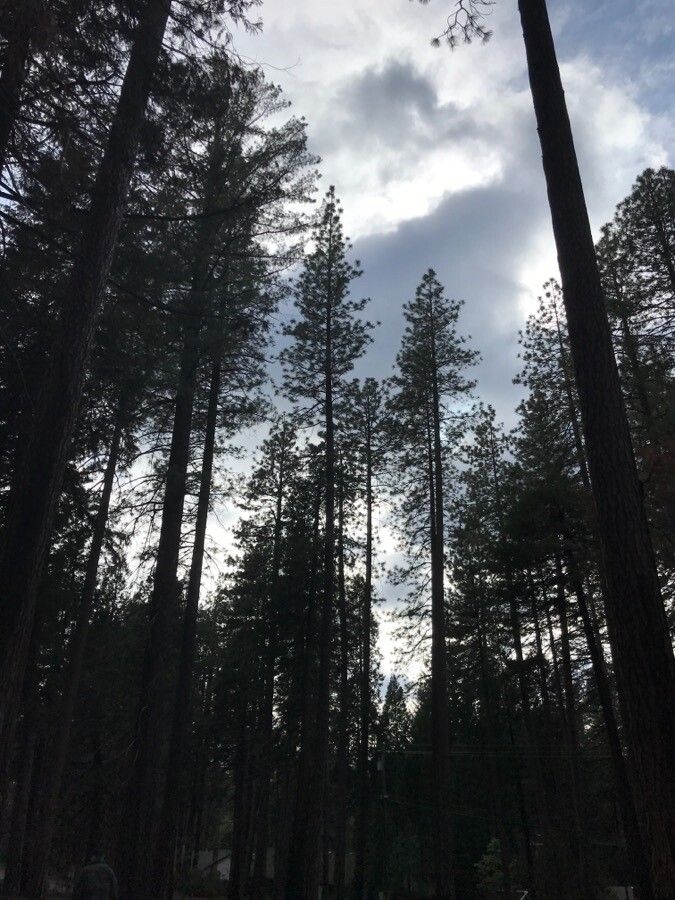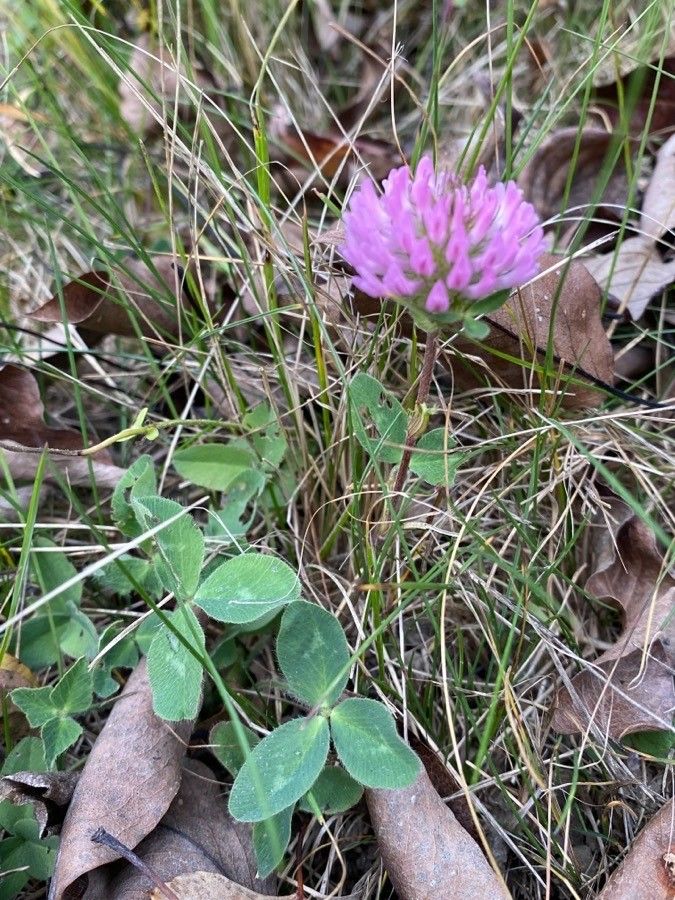## Ponderosa Pine: A Majestic Giant of the West
The Ponderosa Pine ( *Pinus ponderosa*), also known as the Western Yellow Pine, is an iconic tree of the western United States and parts of Mexico. Its distinctive features, wide-ranging habitat, and ecological importance make it a fascinating subject for botanists and nature enthusiasts alike. This majestic conifer is easily recognizable by its long needles and distinctive bark. Let's delve deeper into the world of this remarkable tree.
### Habitat and Growth
Ponderosa Pines are highly adaptable, thriving in a variety of habitats across a vast geographical area. They prefer well-drained soils and are found in diverse landscapes, from open grasslands to mountainous regions. While they prefer full sun, they can tolerate some shade, especially during their younger years. Their altitude range is impressive, from low-elevation foothills to high-elevation forests. They are drought-tolerant and can survive in areas with low rainfall.
### Distinguishing Features
Identifying a Ponderosa Pine is relatively straightforward thanks to several key features:
* **Needles:** Ponderosa Pines have needles that grow in bundles of three, a key characteristic that distinguishes them from other pine species. These needles are long (5-10 inches), flexible, and a yellowish-green color.
* **Bark:** The bark is perhaps the most striking feature. On mature trees, the bark is thick, deeply furrowed, and often displays a distinctive orange-brown to reddish-brown color. Younger trees have smoother, darker bark.
* **Cones:** The cones are cylindrical, typically 3-6 inches long, and have prickly scales.
### Ecological Importance
Ponderosa Pines play a vital role in their ecosystems. They provide habitat for a wide range of wildlife, including birds, squirrels, and insects. Their extensive root systems help prevent soil erosion, and they contribute to the overall health and stability of the forests in which they grow. They are also an important source of timber, though sustainable forestry practices are essential to ensure their long-term survival.
### Threats and Conservation
Like many tree species, Ponderosa Pines face several threats, including wildfires, insect infestations, and diseases. Climate change also poses a significant risk, altering their habitats and making them more vulnerable to pests and diseases. Sustainable forestry practices, wildfire management, and conservation efforts are crucial to preserving these magnificent trees for future generations.
### Cultivation and Landscaping
Due to their adaptability, Ponderosa Pines can be cultivated in suitable environments outside of their native range. However, ensuring proper soil drainage and providing ample sunlight are crucial for successful growth. Careful planning is required to accommodate their mature size, as they can become very large.
### Conclusion
The Ponderosa Pine, a majestic symbol of the western landscape, continues to fascinate and inspire. Understanding its ecological importance, identifying features, and conservation challenges underscores the need for responsible stewardship of this iconic species.
Ponderosa Pine: Majestic Giant of the Western Forests

Frequently Asked Questions
How fast does a Ponderosa Pine grow?
Growth rate varies depending on conditions, but generally, Ponderosa Pines are considered fast-growing, especially in their younger years. Under ideal conditions, they can grow several feet per year.
What are the distinguishing features of a Ponderosa Pine?
Key features include needles in bundles of three (5-10 inches long), thick deeply furrowed orange-brown to reddish-brown bark (on mature trees), and cylindrical cones (3-6 inches long).


